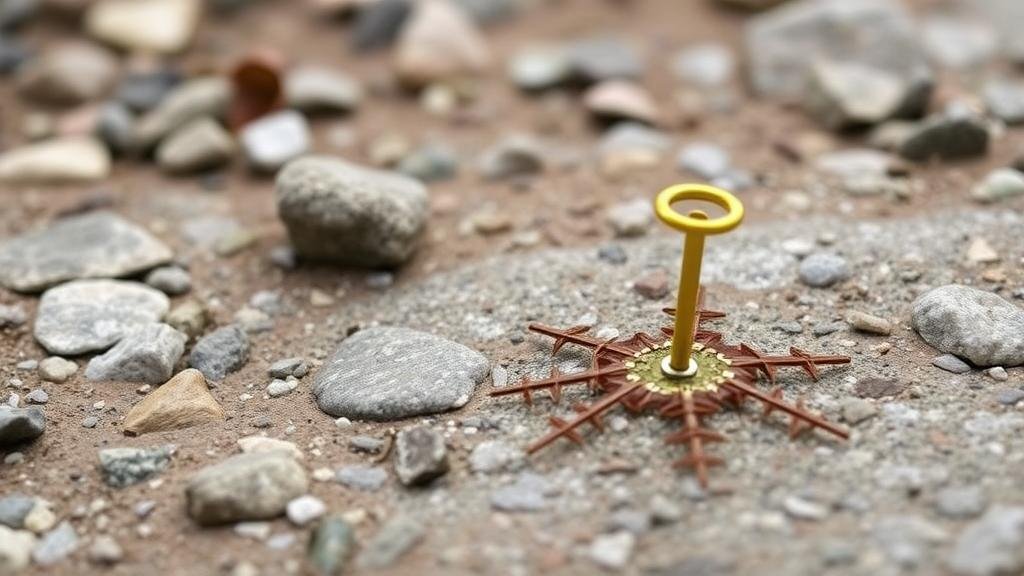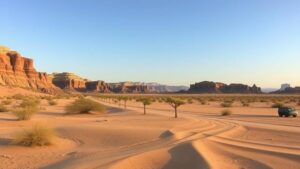How to Locate Geological Hot Spots Using Dowsing Techniques
How to Locate Geological Hot Spots Using Dowsing Techniques
Dowsing, often referred to as water witching, is a practice that has been used for centuries to locate underground resources such as water, minerals, and even geological hot spots. While the scientific community remains divided on the efficacy of dowsing, many proponents claim success in identifying significant geological features. This article aims to explore dowsing techniques in the context of locating geological hot spots, supported by examples and data where available.
Understanding Dowsing
Dowsing typically involves the use of a forked stick, pendulum, or Y-shaped rod that is believed to respond to certain energies or vibrations emanating from the ground. Practitioners claim that the movements of the dowsing tool indicate the presence of water or specific geological formations.
While skeptics point out the lack of empirical evidence supporting dowsing, practitioners argue that the technique taps into subtle environmental cues. For example, a study by the University of Massachusetts Amherst found that individuals trained in dowsing could locate buried PVC pipes more accurately than chance would predict, suggesting that dowsing may engage previously underappreciated sensory perceptions.
The Role of Geological Hot Spots
Geological hot spots are regions in the Earths crust where activity is significantly higher than in surrounding areas. These can include volcanic regions, areas with geothermal activity, and mineral-rich locations. Recognizing hot spots is essential for various purposes, including natural resource exploration, geothermal energy development, and even archaeological investigations.
- Volcanic Hot Spots: Areas like Hawaii, where a plume of magma rises from deep within the Earth, exemplify geological hot spots.
- Geothermal Hot Spots: Regions such as Yellowstone National Park showcase geothermal features like geysers and hot springs.
Techniques for Dowsing Geological Hot Spots
Several techniques have been documented for effectively using dowsing to locate geological hot spots. These techniques can vary based on personal experience and geological knowledge, but some foundational methods include:
- Rod Dowsing: Using a Y-shaped rod or forked stick held loosely in both hands, practitioners walk slowly over the area of interest. A sudden movement of the rod is interpreted as a signal indicating a hot spot.
- Pendulum Dowsing: Using a weighted pendulum suspended from a string, individuals can ask specific questions about the presence of geological features. direction and speed of the pendulums swing provide answers.
Case Studies and Applications
Numerous anecdotal reports highlight the effective application of dowsing techniques in identifying geological hot spots. One prominent example includes the work of dowsers in the geothermal regions of Iceland, where traditional methods combined with dowsing have led to successful identification of sites for geothermal energy extraction.
In another case, a group of dowsers collaborated with geologists in Montana, where they successfully pinpointed mineral deposits. Their results complemented geological surveys, increasing the project’s efficiency and lowering exploration costs.
Addressing Skepticism and Concerns
Despite success stories, many remain skeptical about the efficacy of dowsing. Critics argue that results can often be attributed to the ideomotor effect, where individuals unknowingly influence the movements of their dowsing tools. Also, a lack of rigorous scientific validation raises questions about dowsing accuracy.
To address these concerns, practitioners may consider:
- Combining dowsing with scientific methods, such as geological surveys and remote sensing.
- Conducting controlled experiments to clearly outline dowsing’s capabilities versus random chance.
Conclusion and Actionable Takeaways
While the practice of dowsing for geological hot spots remains controversial, many individuals and communities have reported practical benefits from its application. By understanding the techniques involved and considering both anecdotal and scientific perspectives, practitioners can enhance their success in locating valuable geological features.
For those interested in pursuing dowsing, consider engaging in local workshops or joining dowsing societies. Practical experience, along with collaboration with geological experts, can lead to a better understanding of both the strengths and limitations of this ancient practice.



